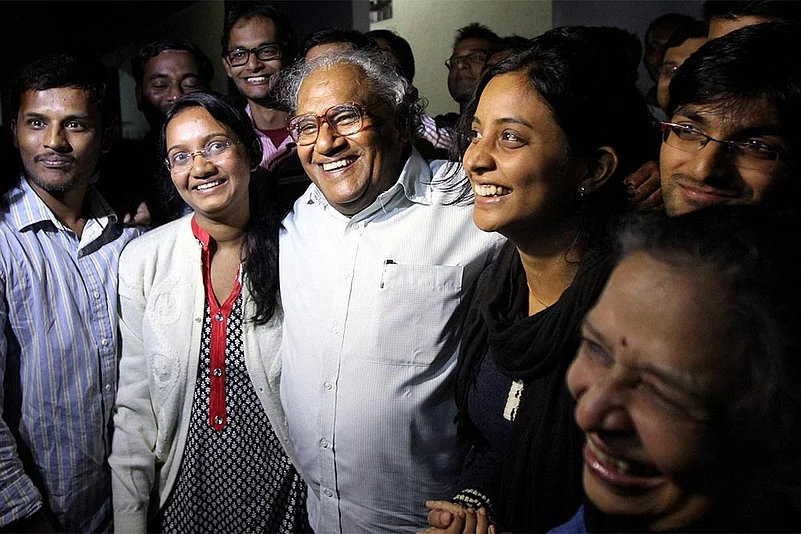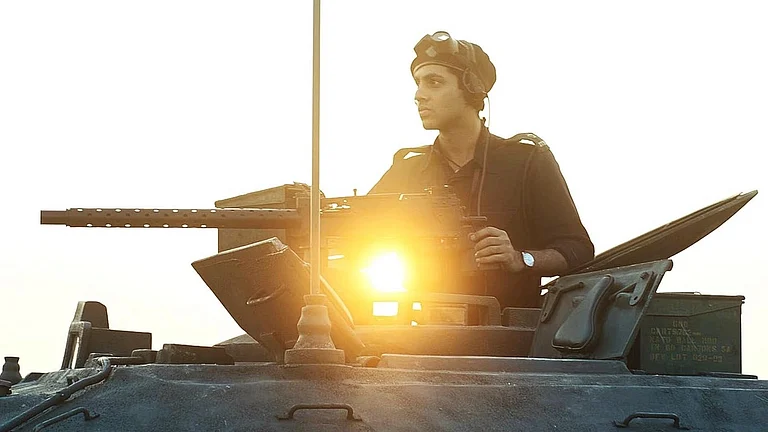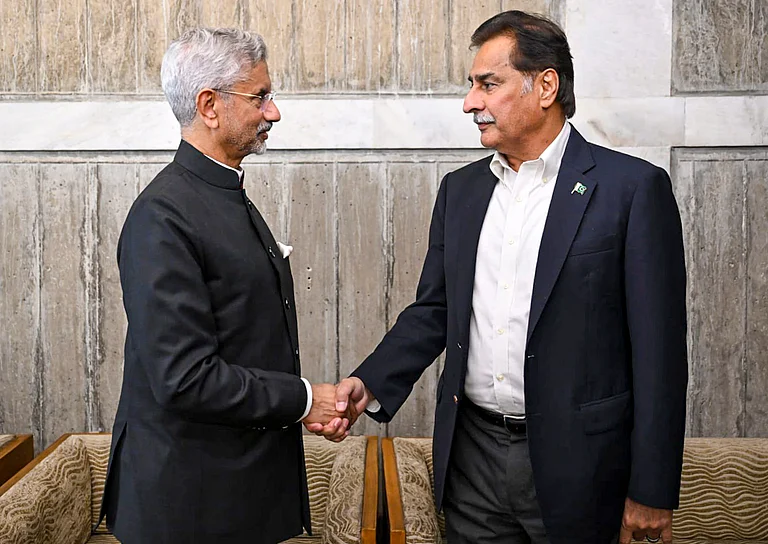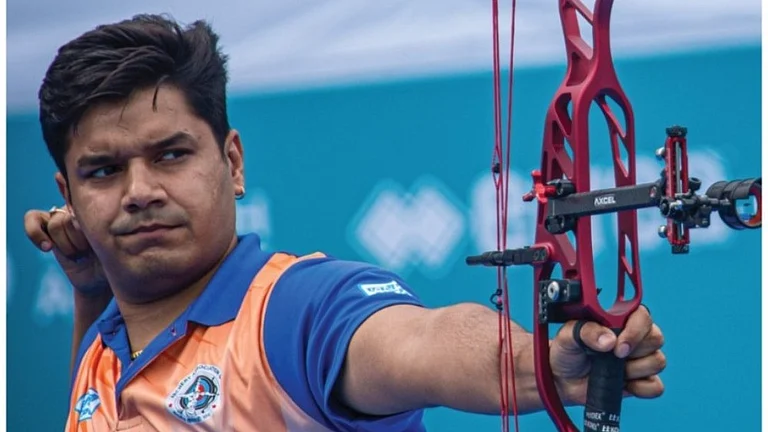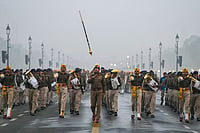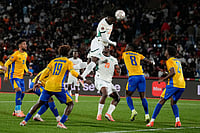Bharat Ratna was instituted in 1954 and among the first recipients was Sir C.V. Raman. It is a measure of the value that our society places on science, that in the next 60 years no scientist was awarded this highest civilian honour. The late A.P.J. Abdul Kalam does not count, since he was not a scientist. Then in 2013, the well-known chemist, C.N.R. Rao, was awarded the nation's highest award.
C.N.R., as Rao is known, is not a stranger to honours and awards. There would scarcely be an academic honour (minus the coveted Nobel) which he has not received. Apart from his path-breaking and well recognised scientific achievements, he has also, for many decades, been involved with scientific administration and policy making. One, therefore, expected that the autobiography of a person who has been so intimately associated with science in India for the last half a century, would offer unique insights into the world of Indian science. Rao disappoints in this respect.
The book starts with autobiographical sketches of six famous scientists from different fields of science. Titled ‘Why be a scientist’, it is an interesting glimpse of the different trajectories that these five men and a woman took on their way to becoming famous. The next section is called ‘What is Science All About’. Amazingly, for someone who has self-confessedly been obsessed with science all his life, the author doesn’t seem to have any new ideas. Instead, what we have is quotations from several scientists about various aspects of science. A typical para goes thus: “Pyotr Kapitza stated ‘theory is a good thing, but a good experiment lasts forever’; Leonardo da Vinci said that ‘there is no higher or lower knowledge but only one flowing out of experimentation’. According to Eigen, ‘A theory has the only alternative of being right or wrong; a model has a third possibility. It may be right but irrelevant’”.
CNR’s life story is the subject of the next four chapters. Born in 1934 to a government employee in Bangalore, he finished school and college at Bangalore before going to Benares Hindu University to do his Masters and Purdue University, US, for his PhD degree. After a few years of research in the US, he returned to India to work at the Indian Institute of Science (IISc) and subsequently IIT Kanpur, eventually returning to IISc in 1976, where he later became the director. He was and continues to be extremely prolific, having published 1,600 papers and authored over 50 books. National and international recognition followed, as did the membership of various scientific academies and policy making bodies.
Though there are some interesting observations and trivia in these chapters (such as his encountering a doughnut for the first time and mistaking it for a vada), by and large they are an account of his research, the papers and books he wrote and the accolades that he got. What are missing are his views about the larger world or even the broader world of science. The description of his scientific work is too perfunctory and technical to be of any interest to the non-specialist. And it does get pretty tiresome to read page after page of an honour or a medal that he got or a lecture he gave that got “eloquent praise” from a famous scientist and so on.
Thus, for instance, there is no discussion about the way science has developed in independent India, where a huge dichotomy exists between the research institutes (supposed to be the sites for research) and the universities, which are supposed to be for teaching alone. This is an anomalous situation, since it is well recognised that universities need to be the loci for research, as research and teaching feed into each other.

The genesis of this privileging of the research institutes vis-a-vis the universities goes back to the colonial era. At that time the Congress was trying to prepare a blueprint for how the soon-to-be-independent India was to be run. For science & technology, opinion was split between two camps led by Homi Bhabha and Meghnad Saha. As argued by Etel Solingen and Robert Anderson amongst others, they had different views. Bhabha advocated the primacy of elite research institutes, while Saha favoured the view that universities should be the primary location for scientific research. The suave and anglicised Bhabha, being close to Nehru, won the day while Saha’s views were ignored.
The legacy of this decision is evident in our scientific landscape today. While universities are constantly starved of funding for any meaningful and cutting edge research, a few research institutes work in a world-class environment. This is not to argue that the institutes are not doing excellent research. It is an argument for a more broad-based approach and one which ultimately would be more productive simply because of the previously mentioned synergy between teaching and research.
The vast potential of talent existing in the over 700 Indian universities, if nurtured and encouraged, could make a huge difference to the quality and quantity of research. Strangely, CNR, who is extremely passionate about promoting science, does not have anything to say about this fundamental issue. In fact, despite occupying the highest positions of decision making in S&T policy, there is little evidence that he attempted to do anything about it. To be fair, he was instrumental in the establishment of the Indian Institute of Science Education & Research (IISER) in various parts of India and these have performed very well. However, though the opening of new institutions is welcome, the existing ones also need to be nurtured and improved and not be left to decay.
Eminent Indian scientists seem to have a fairly predictable career graph—a period of excellent research, followed by scientific administration and policy making, and then after their superannuation, running institutes that the government had helpfully set up for them. CNR was no exception, though it must be said that he continues even today to be an active researcher. After his retirement, he ran the Jawaharlal Nehru Centre for Advanced Scientific Research (JNCASR), that he had helped found, for several years and continues to be associated with it.
Though widely respected as a scientist, CNR is no stranger to controversies. As early as 1987, there was a controversy regarding preponing the date of receipt of some research papers when in fact, the manuscripts were received after the formal date of publication. This was to establish precedence in getting the credit for the research. The editors of the journals as well as CNR admitted to this ‘lapse’ when asked by the Society of Scientific Values. This, strangely, finds no mention in the book. In 2011, a paper which CNR had co-authored was found to have some plagiarised parts. This was easily caught by the standard anti-plagiarism software which all journals use now. The authors did publish their apology subsequently, but blamed it on a lapse on the part of their graduate student, who was the first author. The renunciation of authorial responsibility by the co-authors was commented on by several commentators as extremely unfair and unfortunate. This controversy is mentioned in the book, though strangely CNR adds that “many of my friends abroad were shocked by the unwarranted reactions in India on a matter of routine occurrence” [sic]. Routine occurrence? One can only imagine how the career of a not-too-well-known researcher caught in similar circumstances would proceed after such an incident.
The book also has a section on short biographical sketches of the scientists who have inspired the author. The epilogue has his personal reflections on his career and his views on science in India. It would have been nice if instead of the bulk of the book recording his various achievements, he had expanded on these views and given the readers some insight. The book is a let-down—an expanded Wikipedia piece would have almost all that is there in the book, except possibly the fact that a doughnut was once mistaken for a vada!






